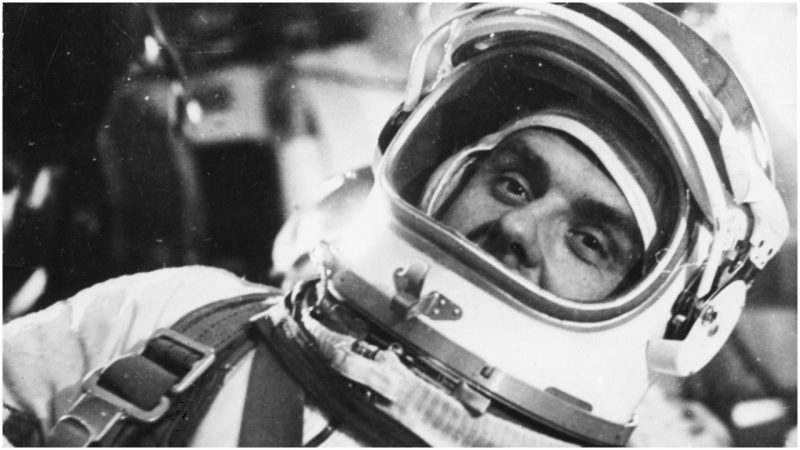In the 1960s, the Space Race was a dangerous contest of egos, ambitions, and political posturing, pitting the era’s two superpowers against each other in a risky game of escalating one-upmanship. The U.S.S.R. had triumphantly beaten the U.S. to the punch several times, starting with 1957’s surprise Sputnik, the first satellite to transcend Earth’s orbit. In 1961, the Soviet Union sent the first human into space, making Yuri Gagarin a national hero and a worldwide celebrity.
But the rush to lead space exploration also handed the Soviet Union a more tragic place in history books: the first space-flight fatality, when cosmonaut Vladimir Komarov’s spaceship slammed into Earth upon reentry in 1967.
Sadly, the mission seemed doomed from the start.
By 1967, the Space Game had advanced by degrees: Both the U.S. and the U.S.S.R. had sent men into space; they had orbited Earth for multiple days. Two spaceships had docked, and men had proven the ability to work outside their craft. Both nations had their sights on a lunar landing. And both signed the U.N.’s Outer Space Treaty, which restricted the use of space exploration for peaceful purposes. But it was also a year of tragedy.
In January of 1967, the same day that the U.S. signed the Outer Space Treaty, three American astronauts were killed when fire burst out in their spaceship during a ground test. Gus Grissom, Ed White, and Roger Chaffee died inside the Apollo 1 capsule less than a month before its planned launch.
Meanwhile, Soviet leader Leonid Brezhnev, who’d assumed power three years prior, wanted to make a big mark to celebrate the impending 50th anniversary of the Bolshevik revolution of May 1917. Soviet engineers conceived a plan to launch two spaceships, Soyuz 1, with cosmonaut Vladimir Komarov, followed by Soyuz 2, with two cosmonauts; they were meant to rendezvous, dock, and exchange crew members via EVA, or extra-vehicular activity, and return safely home. The Soyuz mission was meant for eventual use in lunar expeditions.
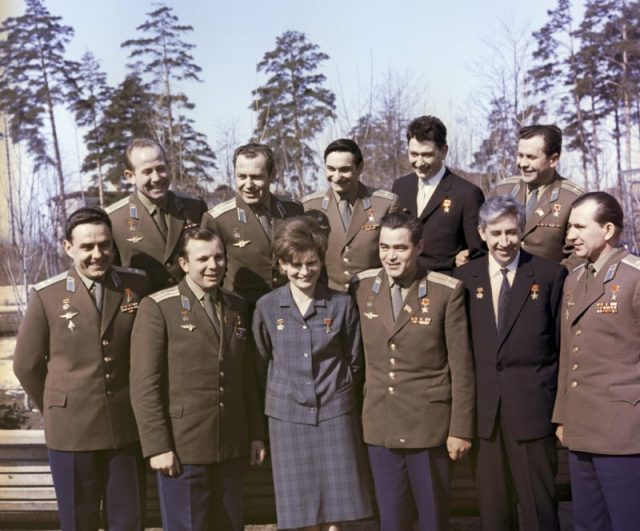
Problems plagued the Soyuz 1 engineers. For starters, the hatch was much too small to accommodate a fully suited-up cosmonaut in EVA. Teams inspecting the spaceships found 203 problems, which were purportedly detailed in a 10-page memo. At least 50 engineers supposedly contributed evidence to the document. But no one wanted to alert Brezhnev, as bad news reflected badly on the messenger. Requesting a postponement was tantamount to the offensive suggestion that the Soviet Union was inadequate to the task.
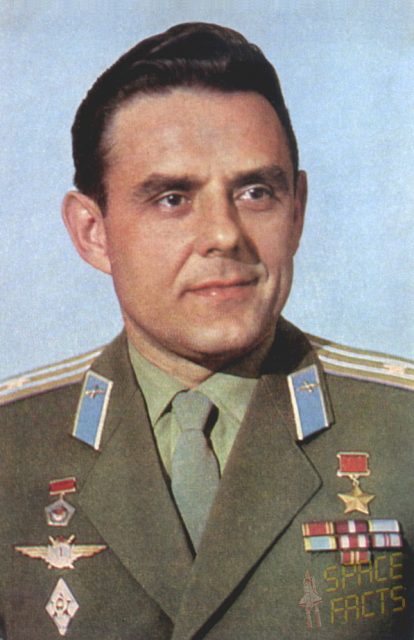
In the tightly-knit fraternity of cosmonauts, Komarov was close friends with Yuri Gagarin, the famous first man in space. The two men, with their families, spent what little free time they had together, sometimes on hunting expeditions. Komarov expressed his doubts about the mission, according to a detailed account in the 2011 biography Starman: The Truth Behind the Legend of Yuri Gagarin, by Jamie Doran and Piers Bizony. “I’m not going to make it back from this flight,” Komarov allegedly said.
Indeed, Starman, which was based on KGB papers and reports in the state-controlled newspaper Pravda, suggests that Gagarin himself was the author of the 10-page memo, though that document no longer exists today. In this telling, Gagarin handed the memo off to his minder in the KGB, where it was passed up the foodchain before stalling. For his troubles, the KGB messenger was demoted and sent to a remote outpost.
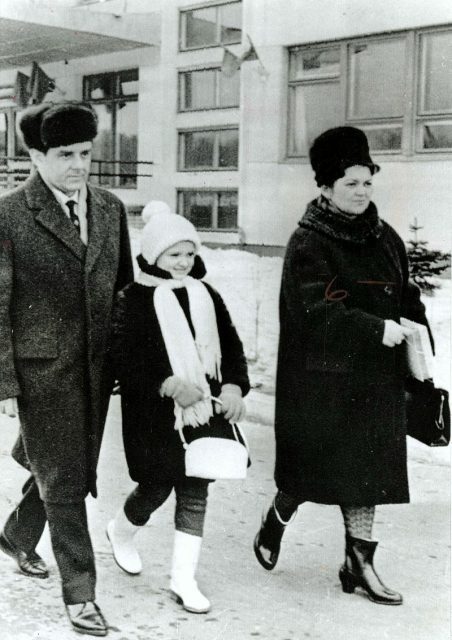
Some have suggested that Komarov didn’t want his friend Gagarin to take on a doomed mission; others say there’s no way the Soviet leadership would risk losing their national hero.
Regardless, on April 23, 1967, full of resignation, Vladimir Komarov climbed into the transfer van and set out to board Soyuz 1. Fellow cosmonauts tried to cheer him with song. Gagarin supposedly showed up and created a fuss—perhaps requesting to suit up, though that likelihood seems implausible. His presence may have been a last-ditch attempt to save his buddy.
Trouble started almost immediately upon liftoff. One of Soyuz 1’s solar panels failed to deploy, robbing the craft of power and obscuring navigation equipment. The thermal control system degenerated, communication with ground control broke down, and the ship spun out of control. Back on the ground, commanders decided to halt the launch of Soyuz 2 and attempt to bring Komarov back to Earth.
For five hours, Komarov circled Earth, attempting to navigate home with broken equipment and intermittent contact with ground control. U.S. listening stations in Turkey picked up his distressed calls over the spotty transmissions, in which he reportedly cursed and raged. On his 19th pass, he managed to fire retrorockets and reenter Earth’s atmosphere, though Soyuz 1’s angle was inopportune. As the craft descended, the hopelessly entangled parachutes failed to deploy.
Soyuz 1 slammed into a steppe near Orenberg at 7 A.M. on April 24, killing Komarov instantly. Nothing was left of the craft or his body but twisted metal, charred remains, and a chip of his heel.
Gagarin was profoundly marked by his friend’s death, and gave a risky interview to Pravda criticizing the mission. One year later, the national hero died when he crashed a fighter jet on a routine flight.
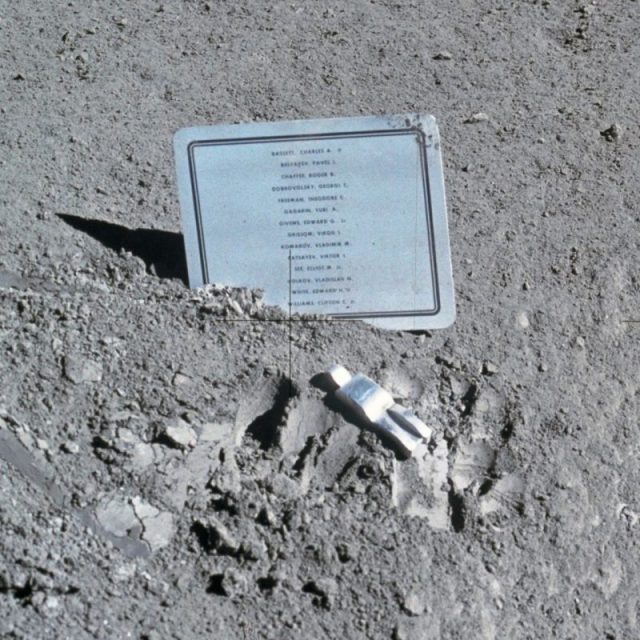
Komarov was honored with a state funeral in Moscow, and his ashes were interred in the Kremlin Wall Necropolis at Red Square. The American astronauts requested that the Soviet government allow a representative to attend, but were turned down. Komarov was posthumously awarded his second Order of Lenin and also the Order of Hero of the Soviet Union.
Before the mission, Komarov had requested an open-casket funeral. It was a grim reminder of the dangers of early space travel. He was 40 when he died.
